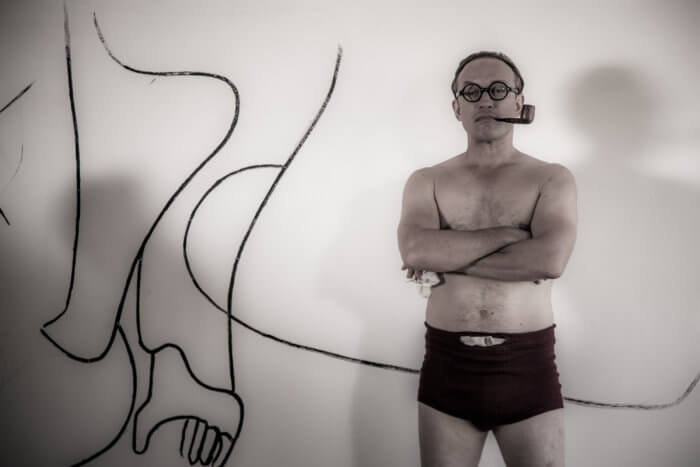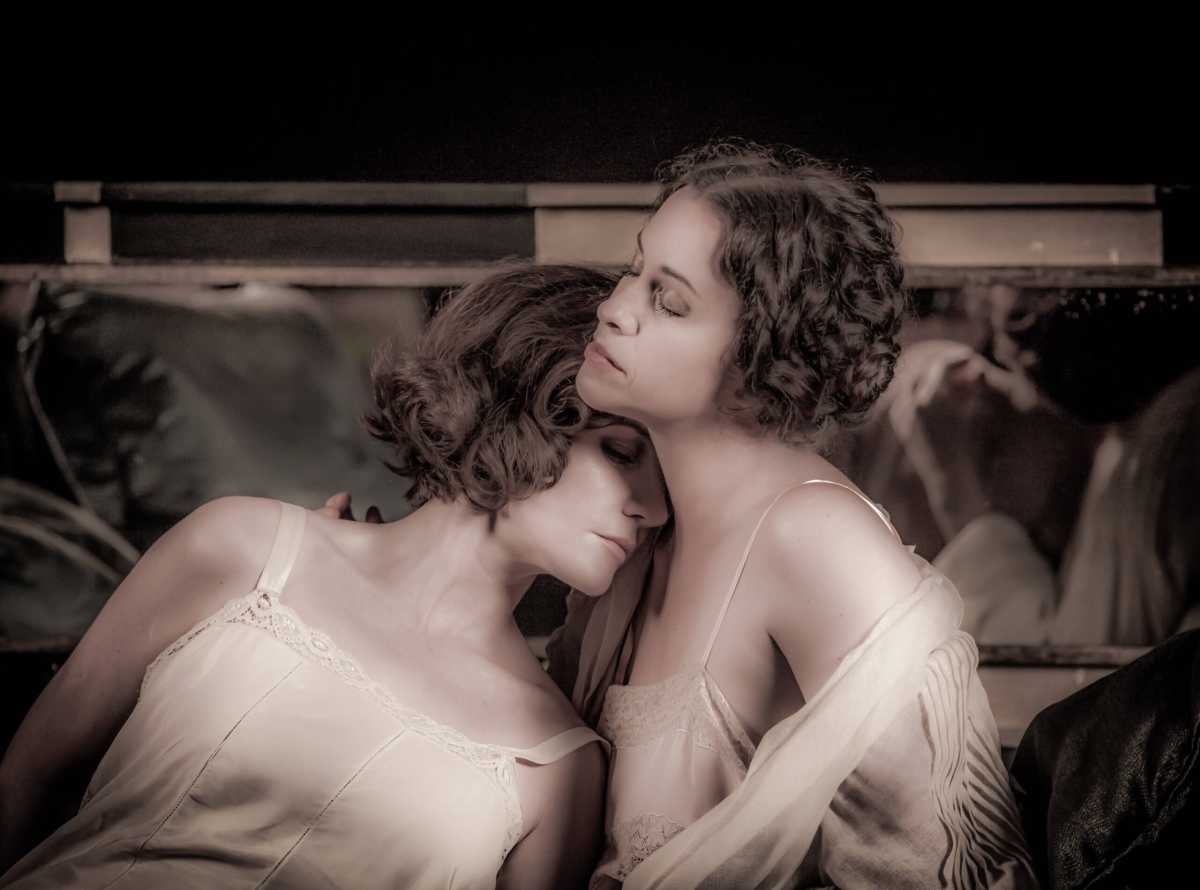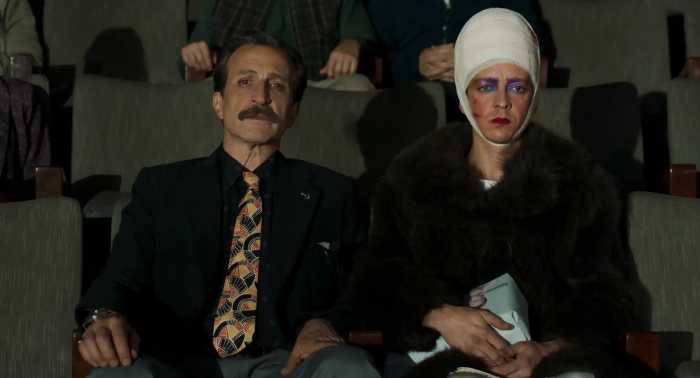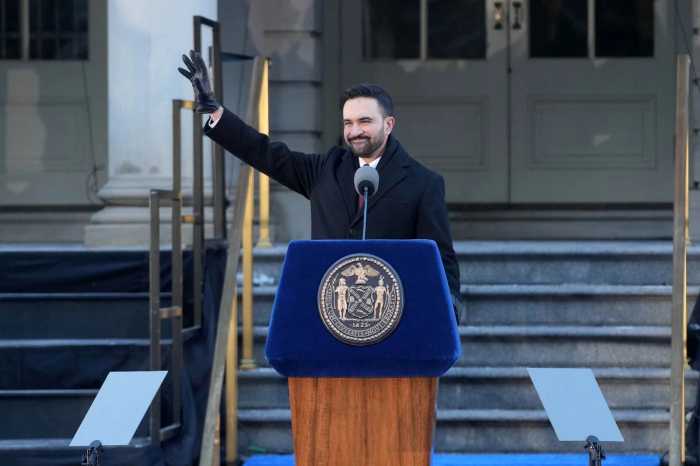Eileen Gray, the bisexual architect at the center of “The Price of Desire” was never truly valued during her lifetime. If writer/ director Mary McGuckian’s 2015 film, now getting a North American release, is meant to correct that, Gray deserves better. To borrow the title of Edmund White’s novel, the beautiful room is empty.
McGuckian opens her stylish-looking film with an auction of one of Gray’s “Dragon” armchairs, where it fetches a record 22 million Euros. The buyer claims the expense is, “the price of desire.”
But there is much to be desired from this wan, stagy biopic. The period clothes and architectural and design details can be appreciated, but the aggressively soft-focus cinematography is as unsharpened as the characters.
Mary McGuckian’s biopic fails to convey the genius of architect Eileen Gray
There is a relentless, intrusive score, crummy dialogue that switches from French to English — often within the same scene—and pretentious moments of direct address. The editing is more confusing than clarifying; even a slow-motion sequence involving German soldiers intruding lacks sufficient heft and power.
Gray (Orla Brady) was part of the modernist movement in architecture. She designed and built E-1027, a fabulous, minimalist house in Roquebrune-Cap-Martin. She shared it with her lover, Jean Badovici (Francesco Scianna), and he took co-credit for it in print, much to Gray’s chagrin. Likewise, Le Corbusier (Vincent Perez) later painted murals on the walls of the house — Gray wanted it unadorned — and the property was often mistaken to be his. The rivalry between Gray and Le Corbusier provides much of the film’s drama.
Le Corbusier is intrigued by Gray when he first meets her, and he longs “to act [pause] recklessly” with her. But, he says, in one of the film’s howlers, “I could hear your heart was singing a different symphony.” For viewers who don’t get the subtext, this indicates that Gray was sexually attracted to women. She is soon seen coupling up with Marisa Damina (Alanis Morissette), a singer she admires. Disappointingly little is made of her same-sex relationships.
When Badovici meets Gray and interviews her shortly thereafter, she talks about being untethered romantically to have the freedom to think and create. He immediately woos her.

Is McGuckian trying to show in “The Price of Desire” that Gray’s lack of greater success stems from being oppressed by men? That may be the case, but it is presented in a clunky fashion. Gray complains about the “boy’s club” consisting of Le Corbusier, Badovici, and Fernand Leger (an aptly cast Dominique Pinon) and runs away to be with her lesbian friends. However, she tells them she is unable to change the deed of E-1027 from Jean’s name to hers. It seems more out of laziness and sentiment than impossibility.
Gray’s devotion to Jean is alarming, given how badly he treats her. In addition to riding her coattails professionally for his advantage, he cheats on her with other women and drinks excessively. He asks Le Corbusier to be his mouthpiece to help him get her back when they are separated. It is frustrating to see Gray belittled in this way, and even more so because of the film’s lackluster performances and leaden direction. McGuckian should be positioning Gray as a feisty visionary, a woman who forges her own path. Instead she is seen foolishly twirling about in architectural settings.
There is no real sense from watching this film of what makes Gray tick. Viewers unfamiliar with her may be inspired to do research. Wikipedia indicates she was the first woman in France to get a driver’s license, which suggests more independence than anything presented in this film.
It’s notable that McGuckian wants to focus mainly on the period of Gray’s life involving E-1027. When Le Corbusier looks at the camera and whispers “And now art enters in,” viewers may stifle laughter as they wait, fruitlessly, for art to arrive. Perez’s efforts to capture the famed architect is reduced to him appearing in little more than his signature glasses and a skimpy swimsuit.
The actors hardly seem to be trying in their roles. As Gray, Brady is often seen contemplating something — an odd strategy for injecting life into such a stillborn project. Scianna was perhaps told to play Jean as louche, but he just seems fatigued.
Near the end of “The Price of Desire” the bisexual Australian writer Bruce Chatwin (Martin Swabey) meets Gray for an interview. She inspires him to go to Patagonia. It is completely superfluous.
McGuckian includes many scenes that are set in blindingly white spaces to illustrate Gray’s architecture and design. (It also, inadvertently makes the white-on-white subtitles difficult to read). Her film, five years on the shelf, is the cinematic equivalent of a white elephant.
THE PRICE OF DESIRE | Directed by Mary McGuckian | In English and French with English subtitles | Giant Pictures in association with Pembridge Pictures | Available on Apple TV, Prime Video, and digital platforms



































